How to Make your Own Weighted Blanket DIY
Weighted blankets are gaining popularity due to their therapeutic anti-anxiety and calming effects. They are also great for people who suffer from sensory issues, autism, and insomnia. Not only that, but weighted blankets can be quite expensive when you buy them pre-made. So why not make your own? Read on to learn how to make a weighted blanket for yourself or your child.
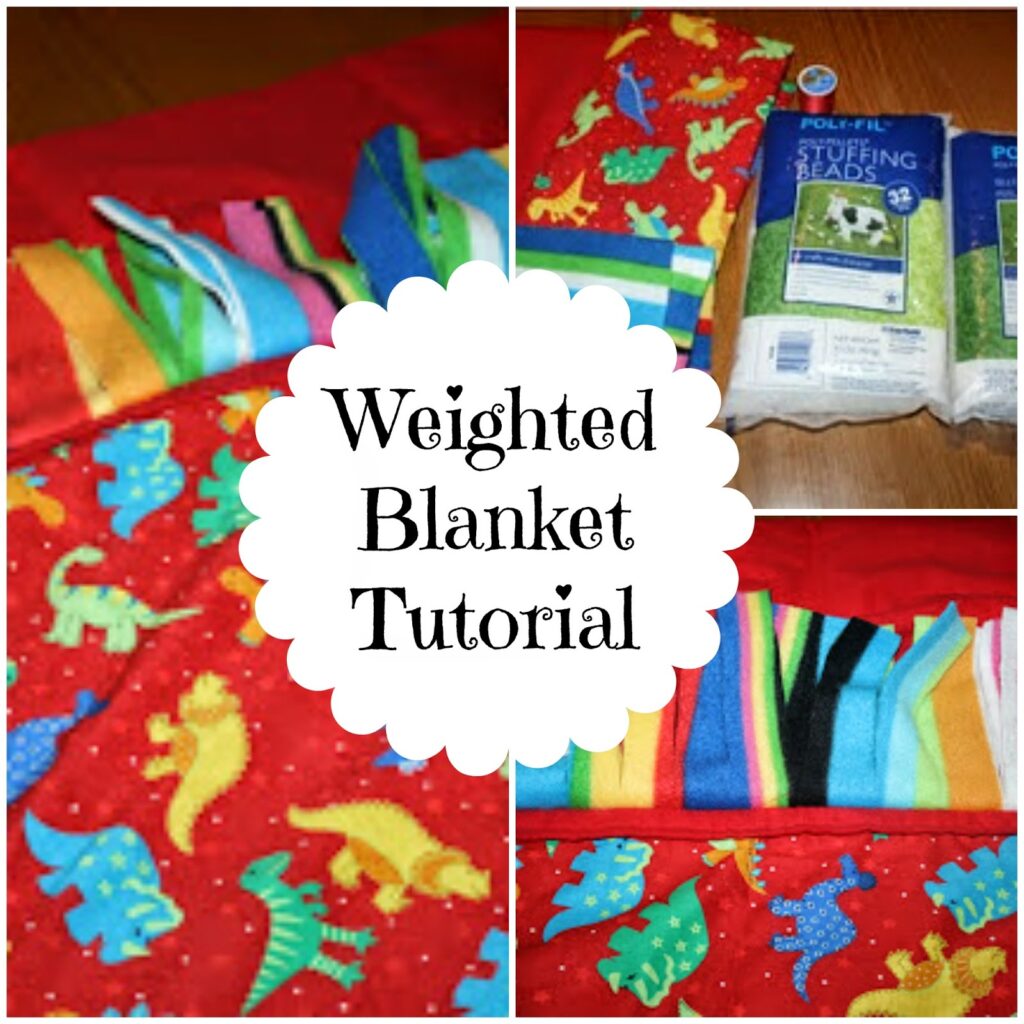
Make Your Own Weighted Blanket DIY Tutorial
Why I made a weighted blanket DIY
When Early Intervention told me I should get Aidan a weighted blanket for his Sensory Processing Disorder, I had no idea what SPD was, never mind a weighted blanket!
So what did I do….. begin to Google! But these lovely blankets that were supposed to make my dear little boy able to relax and stay still for a few moments cost over $200! Yes, I would save every nickel and penny if need be to help this little cutie feel better, but really $200 for a few pieces of cloth and some stuffing? Heck no! I could feel the Martha in me coming out! Time for a Weighted Blanket DIY, and I went over to the craft store to get all the essentials.
What is the Best Material for a Weighted Blanket?
The best material for a weighted blanket is cotton or linen fabric as they are breathable, durable, and comfortable. You should also use an inner layer of breathable cotton batting in between the two layers of fabric. This will keep the weight evenly distributed throughout the blanket and prevent it from shifting around too much.
Cheapest Way to Make a Weighted Blanket
The cheapest way to make a weighted blanket is by using plastic pellets instead of glass beads or steel shot beads which tend to cost more money upfront. Plastic pellets can be purchased online in bulk at low prices so you can save money without sacrificing quality or comfort. Additionally, plastic pellets are easier to work with than other materials due to their lightweight nature and flexibility when sewing them into place within the fabric layers of your weighted blanket.
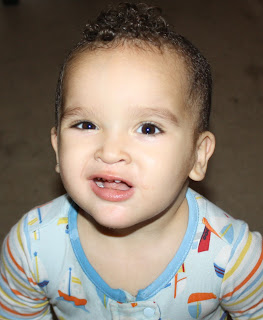
How Heavy Should My Weighted Blanket Be?
When deciding how heavy your weighted blanket should be, it’s important to consider who will be using it and their size/weight. Generally speaking, most adults should use a 10-15 pound blanket while children should use 5-10 pounds depending on their age and size. It’s important not to go over 15 pounds with an adult or you risk making them uncomfortable while sleeping—or worse—suffocating them! When in doubt, consult with your doctor before selecting the right weight for you or your family member.
Can I Make My Own Weighted Blanket Without Pellets?
Yes! In fact, there are several different DIY methods that don’t require pellets at all such as filling the pockets of your weighted blanket with rice, dried beans, lentils or even chopped foam pieces (which can give you an adjustable weight option). These methods may take longer than using pellets since they require time spent measuring out individual ingredients but they do provide an easy alternative if you don’t have access to plastic pellets.
How Do I Make A Weighted Blanket For A Child?
Making a weighted blanket for a child is similar to making one for an adult except that the weight should be lighter (5-10 lbs) depending on their age and size as previously mentioned above. Additionally, when choosing fabrics for children it’s best to stick with neutral colors like gray or navy blue which can look more mature than brighter colors like reds and oranges (unless specifically requested). Lastly, if possible try adding some fun designs such as cartoon characters or colorful shapes that will make your little one smile every time they snuggle up under their homemade weighted blanket!
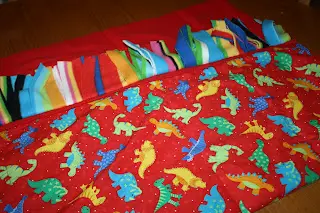
What Materials You Need to Make a Weighted Blanket DIY
1 Yard Dinosaur Cotton Fabric
Yard Red Flannel Fabric
Bags of Polyfil Pellets
1/4 Yard of Coordinating Fleece if you want fleece fringe for sensory purposes
Free Weighted Blanket Tutorial
Cut off all the ends and lay out the fabric’s right sides together and smooth it out, then cut any extra that you may have.
Pin along three sides of the blanket, you will use A LOT of pins! and sew up the three sides. Trim the corners so that they won’t bulk up, and turn the blanket right side out. flatten it out or iron it so that it’s easier to work with.
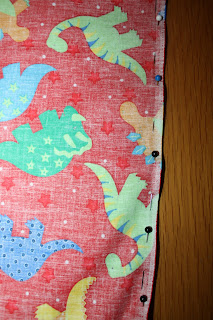
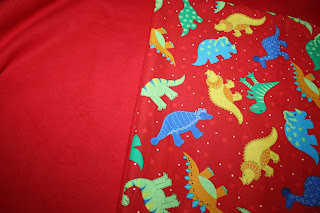
Now comes the fun part, Start by deciding how heavy you want it, and how many squares you want. I used 10% of my son’s weight but you should always check with your child’s doctor to see what the best weight would be for them. I had 15 squares. So I sewed 4 vertical lines from the open end of the blanket down as equally spaced apart as possible.
Next, I got out the pellets, knowing I wanted 15 squares I divided the 4 pounds of pellets up equally into 4.3 ounces. try not to spill the pellets they are not the easiest to clean up! I know. I poured the 4.3 ounces into each collum of the blanket, then smooshed them all the way down to the bottom of the blanket and sewed a horizontal line across the blanket to keep the pellets in, creating squares. Be careful to get all the pellets down so that you don’t sew over them and break your needle. Continue doing these steps all the way to the top of the blanket and close it up.
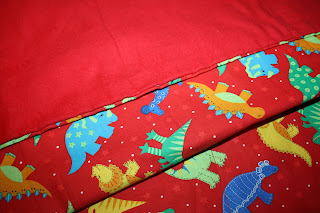
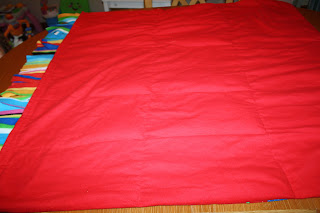
At this point, the blanket could be done, but my little guy likes to rub soft things against the top of his lip to help him fall asleep, so I decided to add some soft fringe to the top. I took a fat strip of fleece and sewed it to the hem of the blanket and cut the fringe. That’s it, an easy-peasy weighted blanket DIY! and the best part… Aidan loves it!
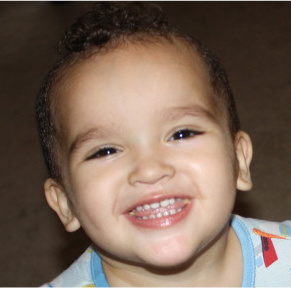
Learn more about Aidan’s Autism Story here
Whether you’re looking for a way to reduce anxiety levels, help someone sleep better at night, or just want something cozy & comfy that won’t break the bank – making a homemade weighted blanket is definitely worth considering! The process isn’t difficult; in fact, it’s actually quite simple once you know what materials & techniques work best! Just remember – always consult with your doctor before determining what weight is appropriate for each user since this could vary greatly based on age & size among other factors! With these tips in mind, we wish you luck in crafting the perfect custom-made weighted blanket that everyone will love!
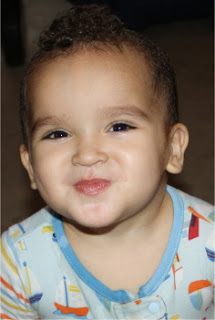
Are you ready to make your own weighted blanket?
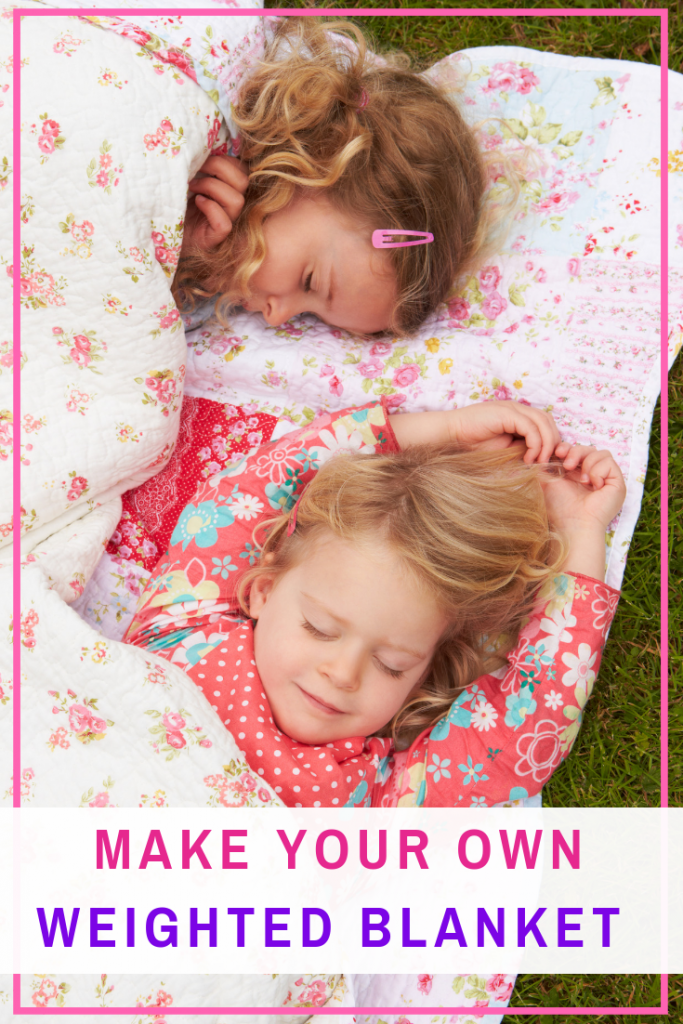

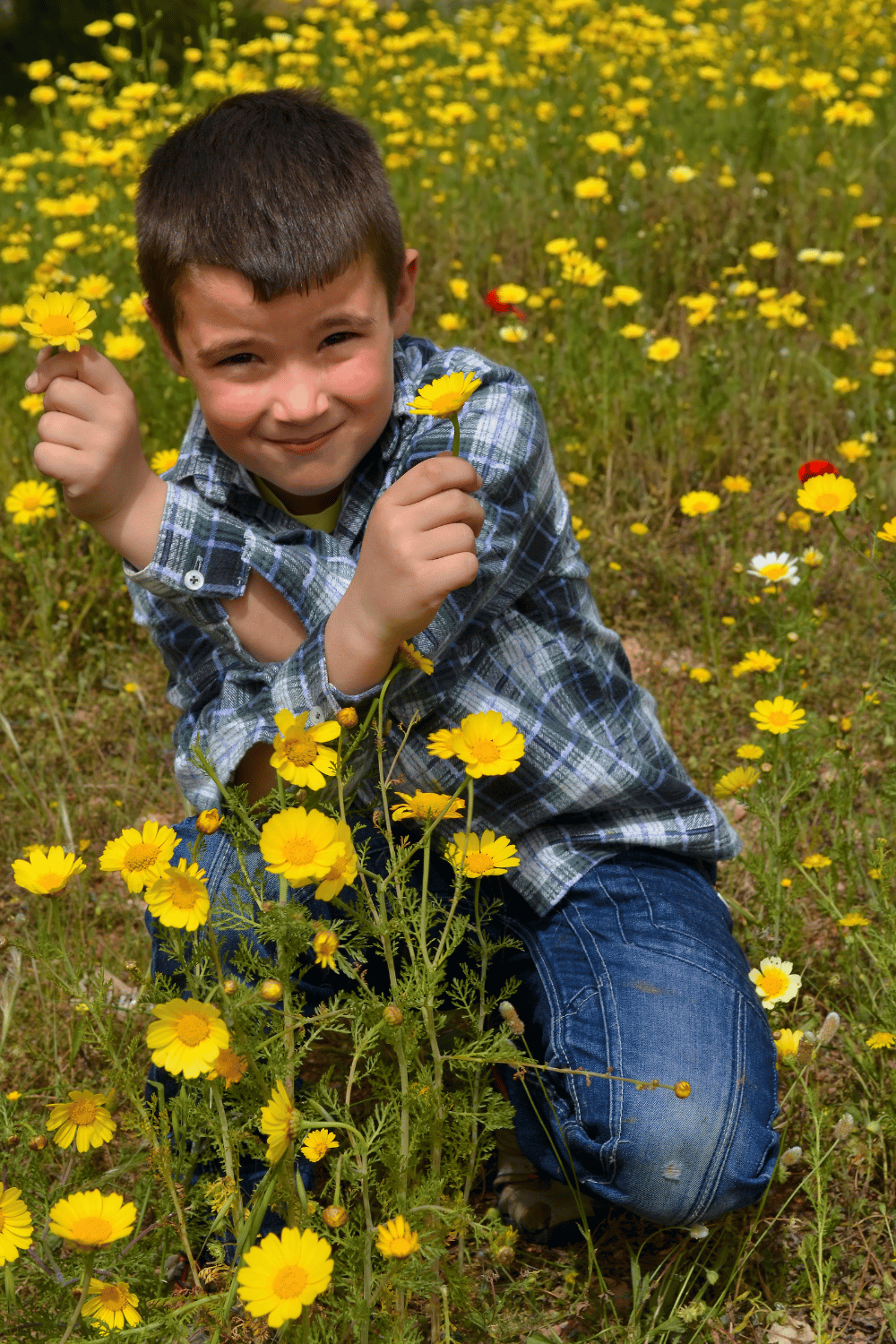
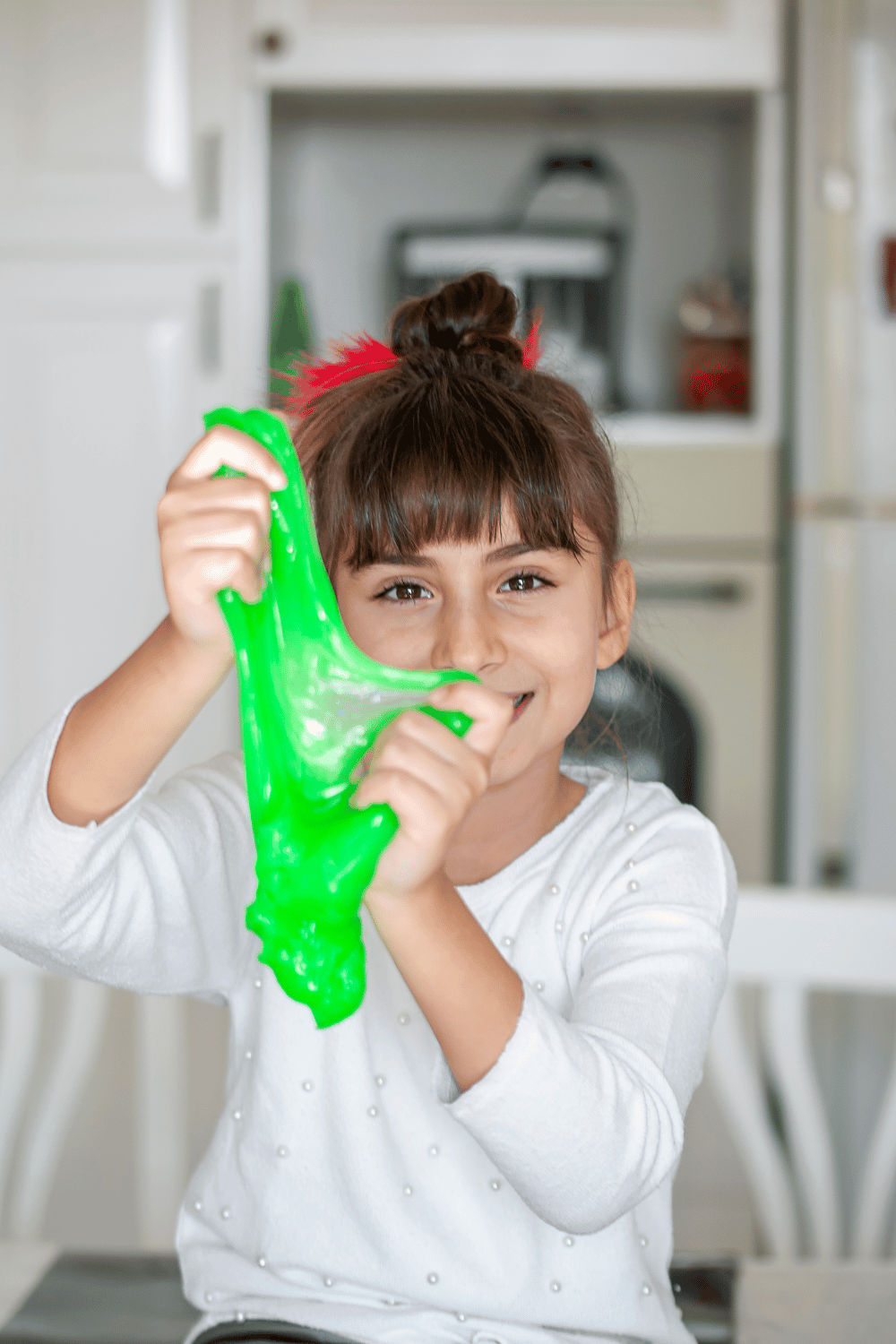
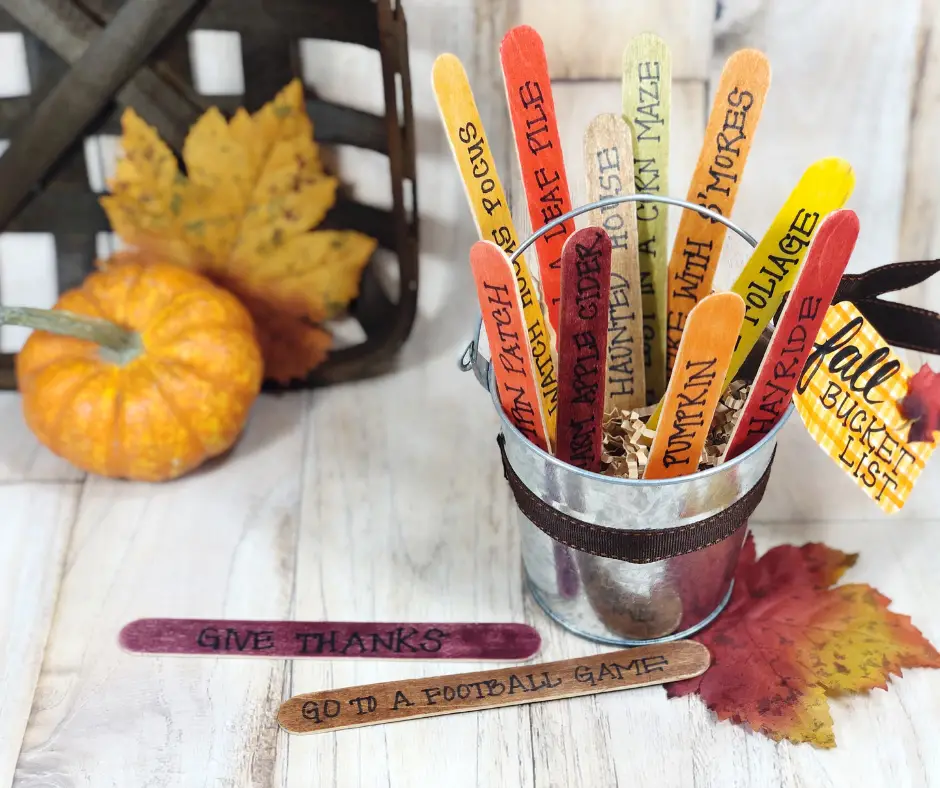
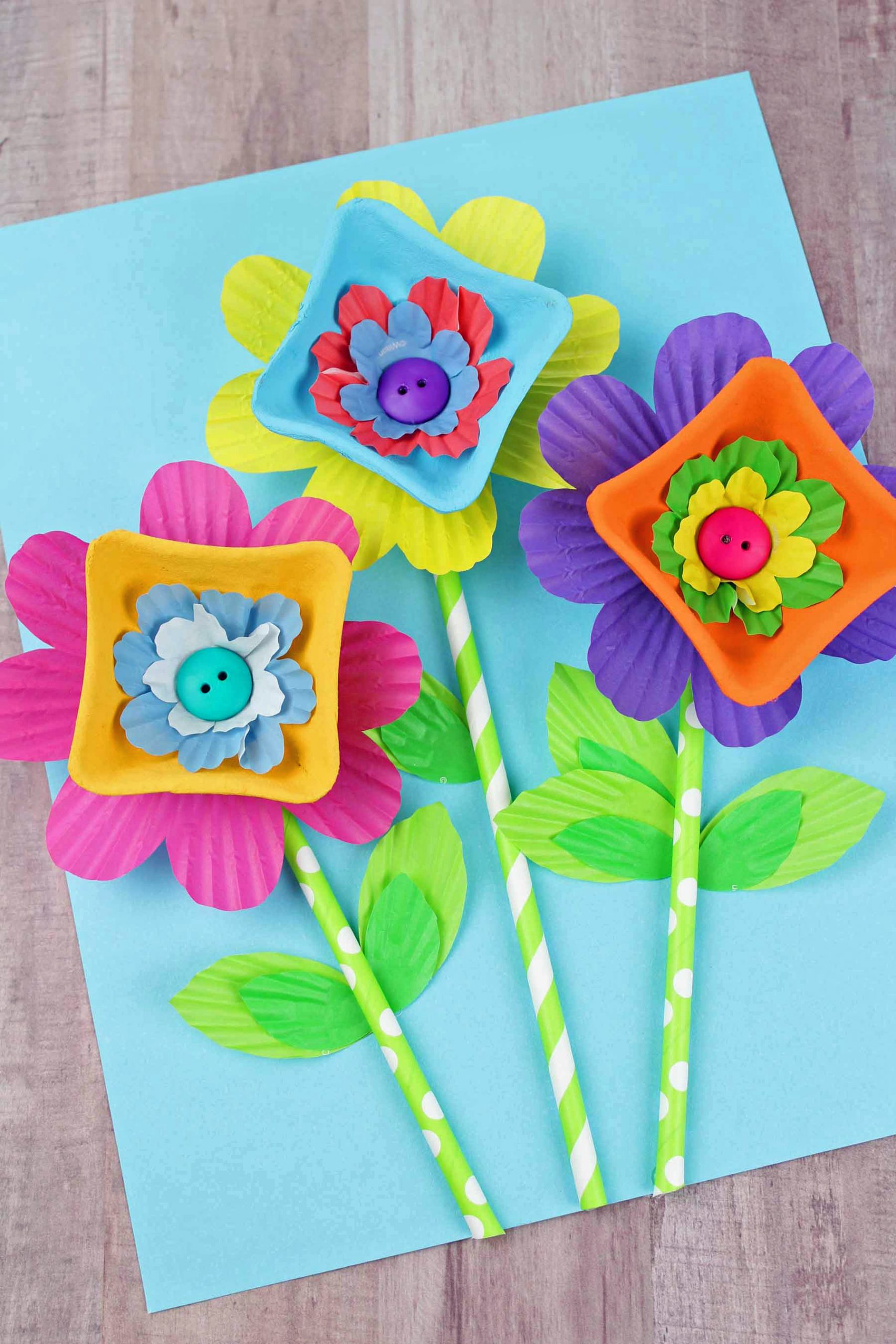
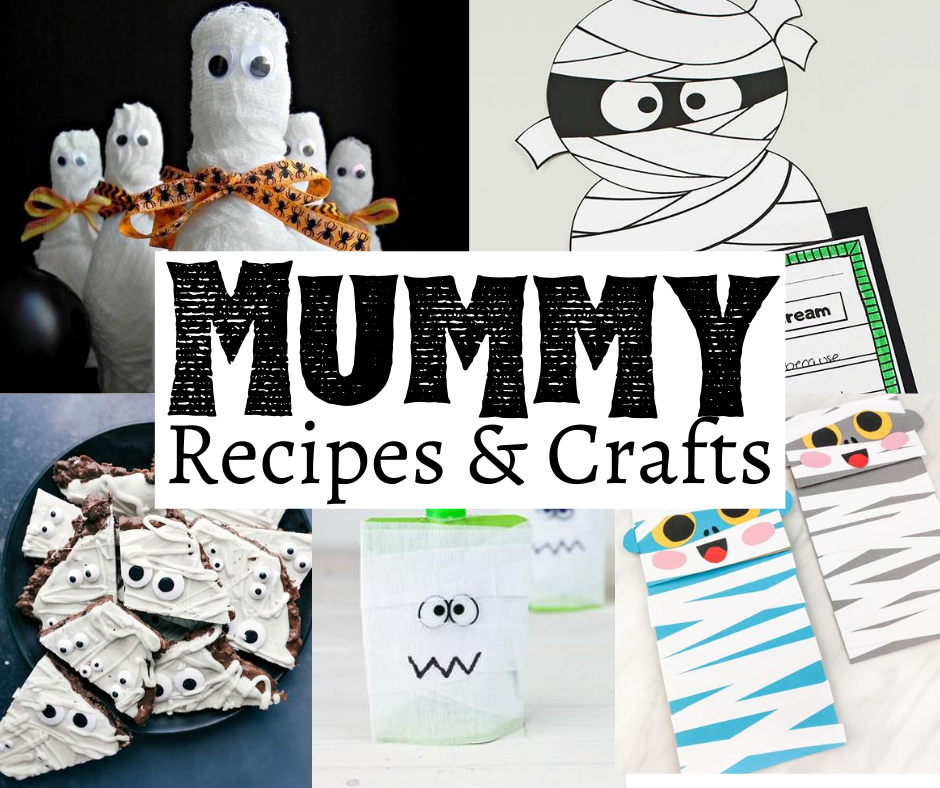
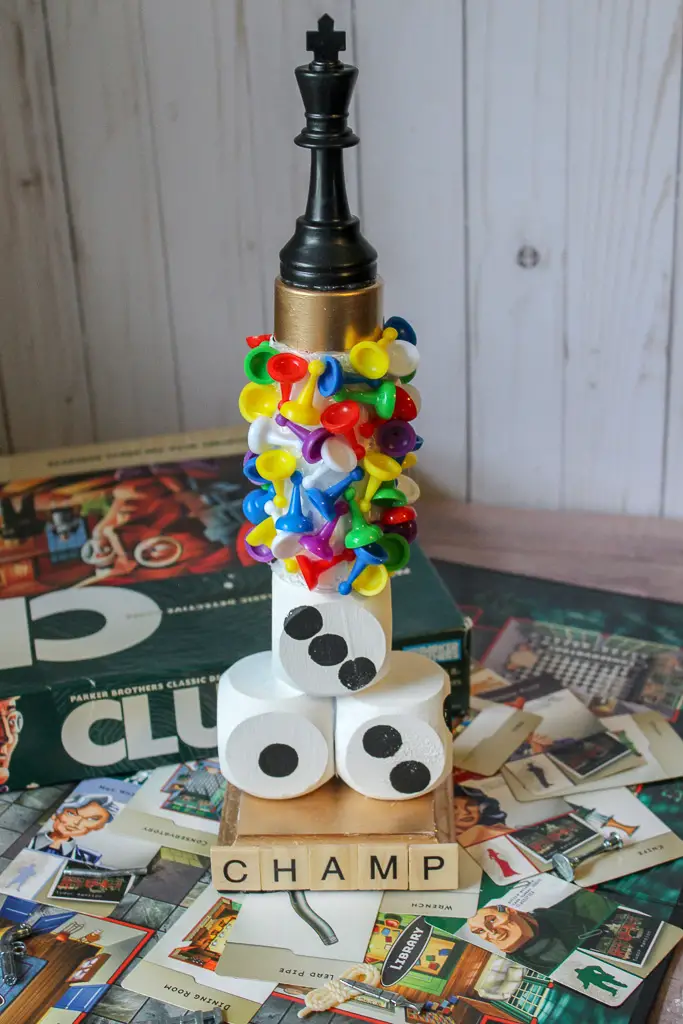
I have always been shocked at the cost of the weighted blankets. This tutorial is wonderful – I don't sew, but I may just have to borrow a sewing machine and give it a try.